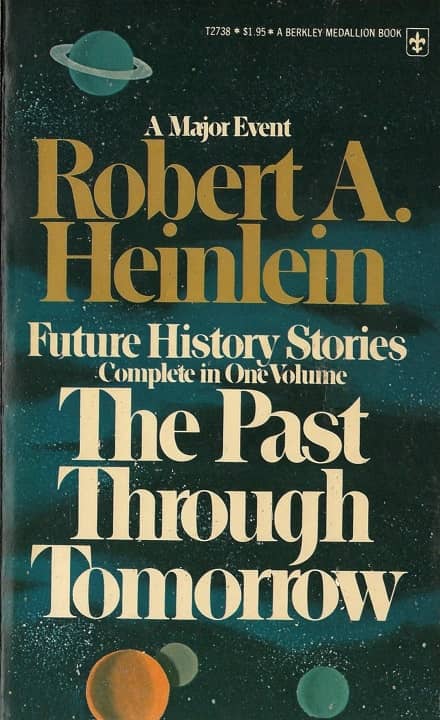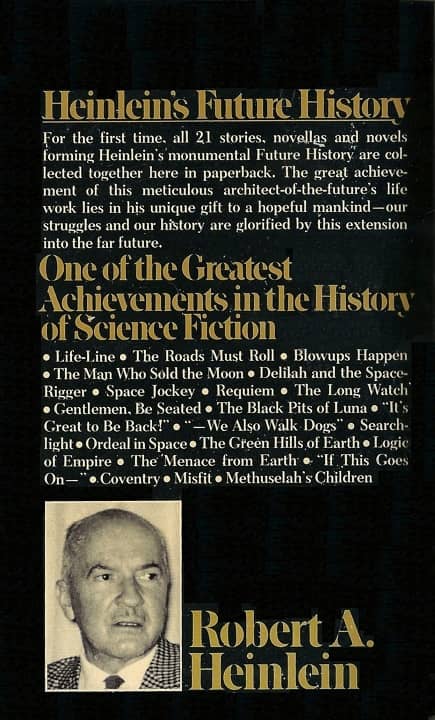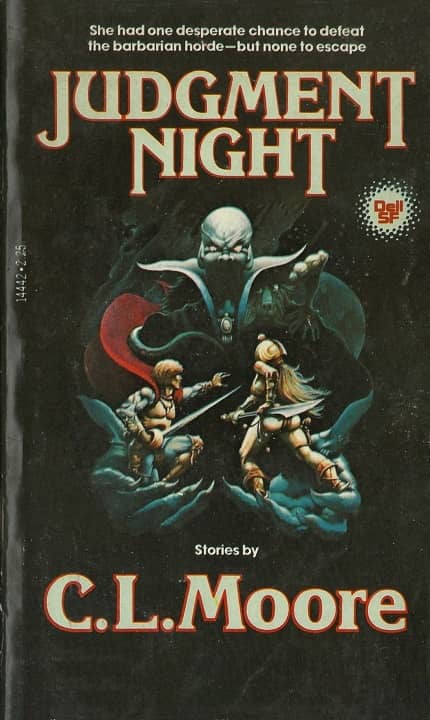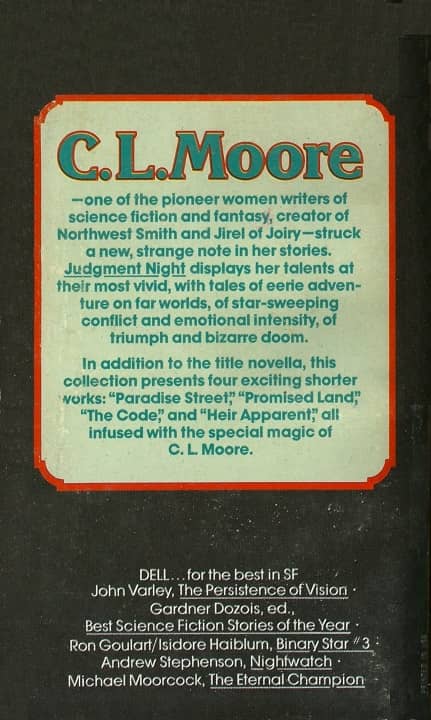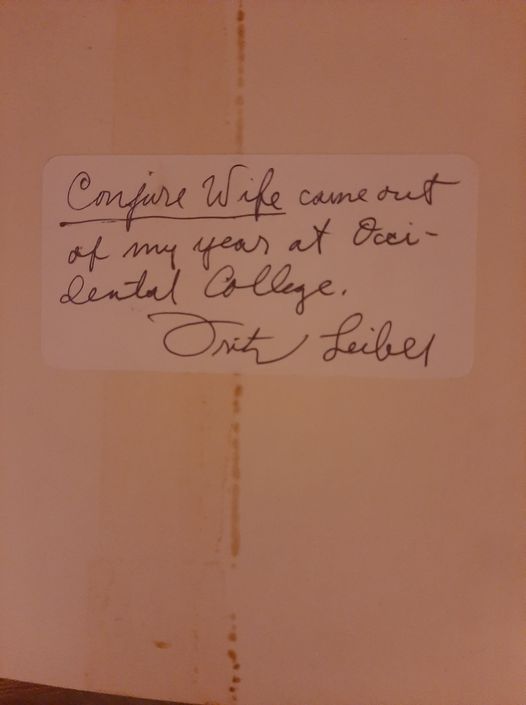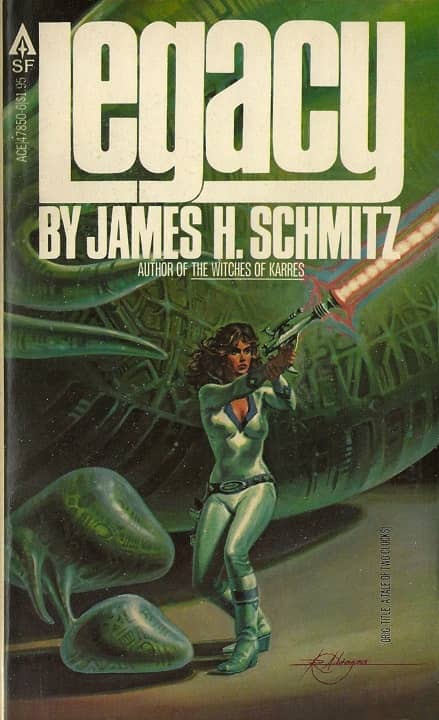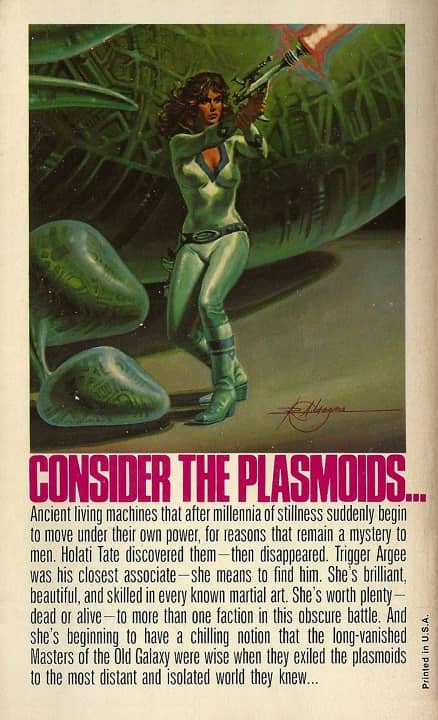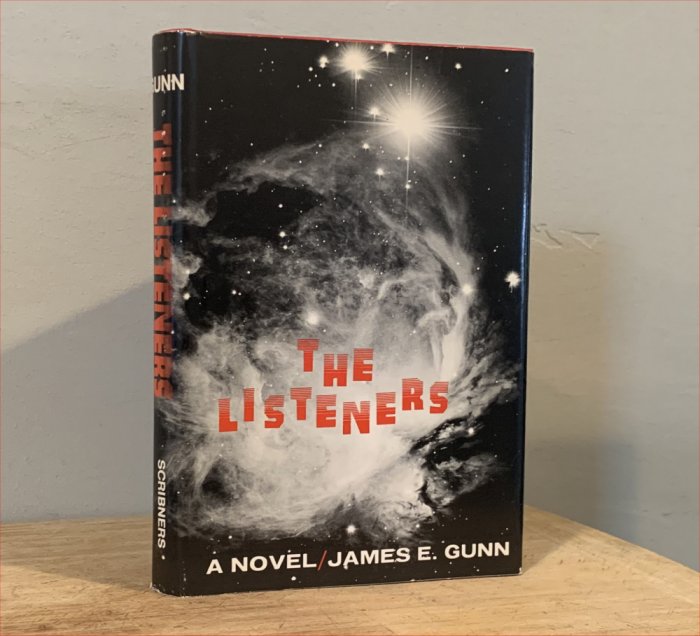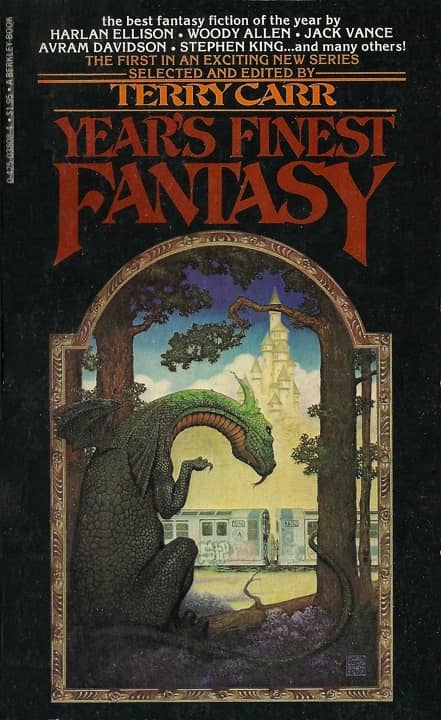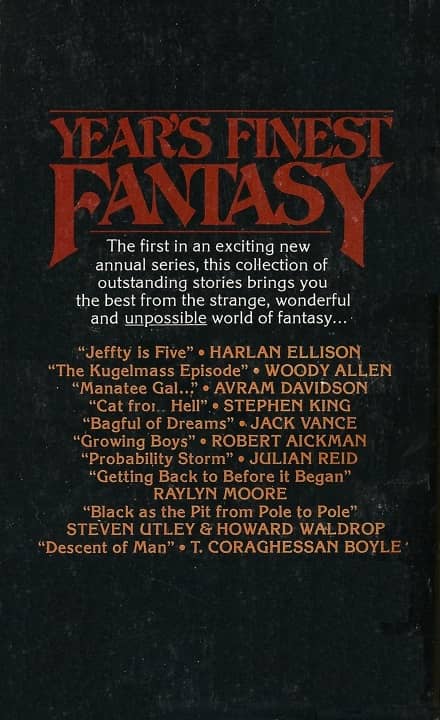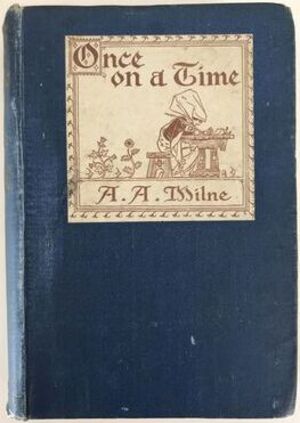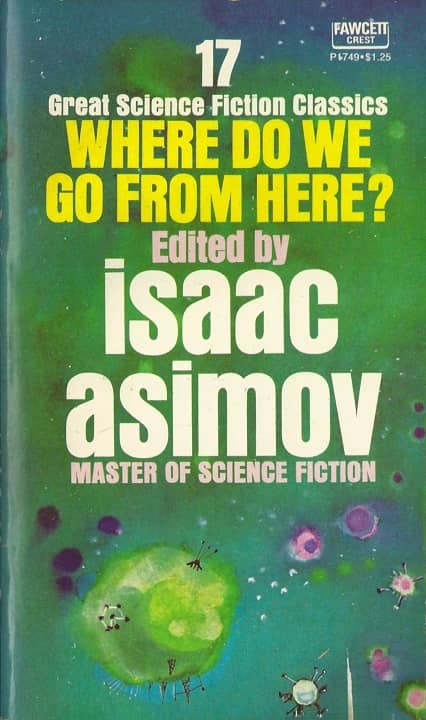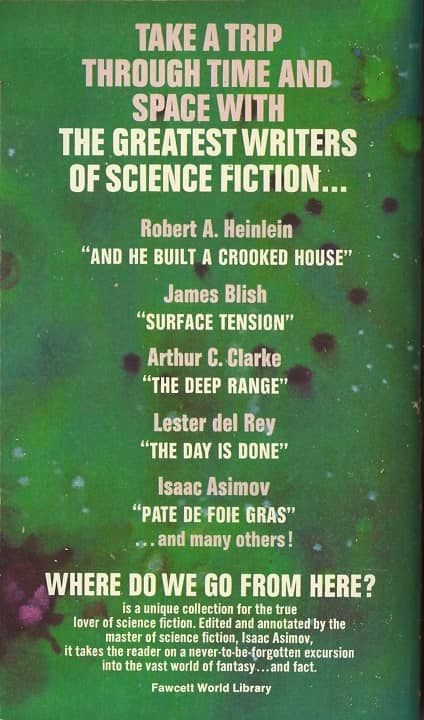Stories of Isolation and Lonely Death: The Dead Astronaut by Playboy Science Fiction
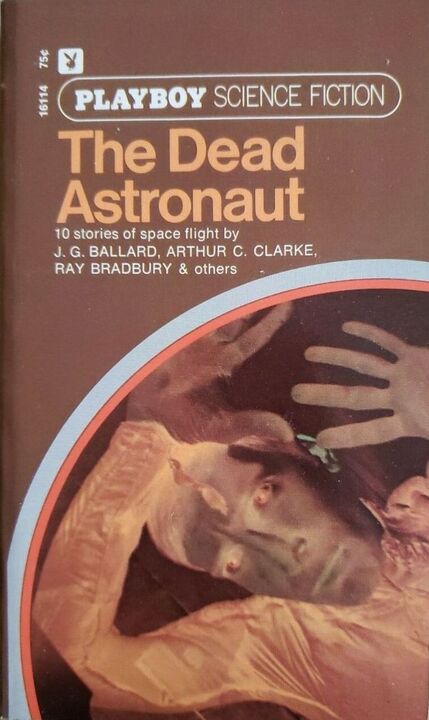 |
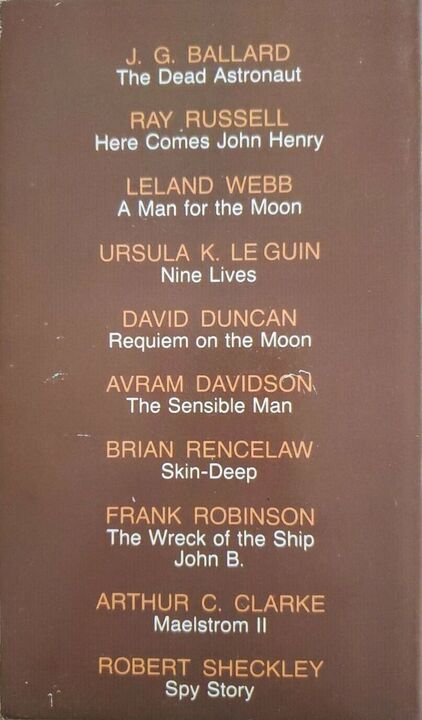 |
The Dead Astronaut (Playboy Press, 1971). Cover by Pompeo Posar
Last summer I came across an intriguing aside on the SF anthology The Dead Astronaut by Playboy Press (1971). I can’t remember the name of the blogger who had re-cracked it, but the person noted that with everyone locked down and socially distanced, these decades-old stories of isolation and lonely death, mostly written between Sputnik and the Apollo landing, felt newly relevant. I agree.
While I admit I don’t have the knowledge base of some of the vintage SF reviewers here, I did like the stories enough highlight the collection and offer a quick review in case others wanted to experience the unintentional “prophetic” element of science fiction, as the editorial introduction labels it.
The collection’s introduction is signed simply “The Editors” but according to The Science Fiction Encyclopedia Ray Russell (1924-1999) edited it, offering a tidbit about each author and a story note or two in his brief introduction.
